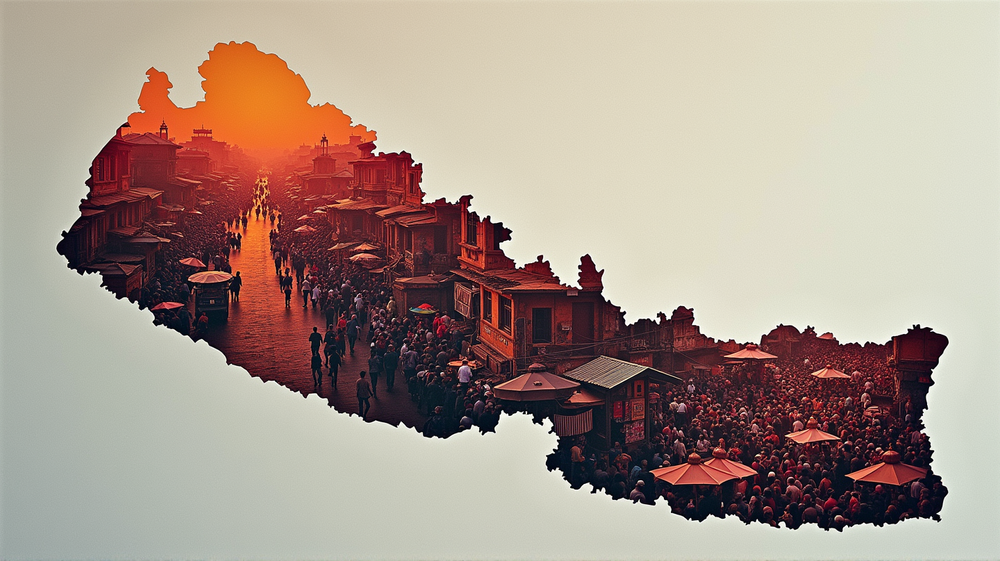COVID-19 continues to challenge global health systems, yet some regions uniquely demonstrate how the disease tracks its path. As per recent findings from an analysis in Nepal, a country of dramatic topographical contrasts and cultural crossroads, the intersection between geography and health proves instructive.
Geographic Patterns and Urban Hotspots
In a compelling study involving spatial statistics and district-wide data from 2020 to 2022, researchers revealed uneven COVID-19 patterns with distinct city hotspots. Major urban centers like Kathmandu and Pokhara bore the brunt, recording astounding incidence spikes up to 133 cases per 1,000 residents. This pattern accentuates how urban density and socio-economic factors complicate disease management in rapidly growing cities.
Sprawling Socio-Economic Inequalities
Interestingly, road density, ICU availability, and sheer population figures surfaced as key drivers behind the viral waves sweeping across Nepal. These variables highlight the stark socio-economic contrasts that define the nation, where urban migration and resource allocation intermingle, influencing health outcomes considerably.
Geographic Factors: A Mixed Bag
The study intriguingly played down traditional geographic influences like temperature and precipitation, a rarity in pandemic narratives. Instead, these factors, when meshed with others like population density, unveiled the intricate web affecting COVID-19’s spread and the societal landscape. Such interdependencies reinforce the need for localized strategies that cater not just to human movement but also to environmental shifts.
The Role of City Lights and Roadways
Urban proxies, such as nighttime lights reflecting human activity, further emphasized regions susceptible to viral surges. These findings suggest where human interactions thrive, so does the disease, directing health policy architects to focus interventions on densely lit regions crisscrossed by highways.
Insights for Policymakers and Health Experts
Researchers made a clear call to Nepal’s health policymakers: tailored interventions are mandatory. Understanding the dynamics governing spatial virus propagation could steer better resource distribution and bolster health facilities in identified hotspots. This targeted action could prove pivotal, especially as the backdrop of new variants poses persistent threats.
The Complexity of Human Interactions
What persists is a symphony of varied drivers, each adding uncertainty or stability to Nepal’s public health stage. The coexistence of socio-economic, geographic, and infrastructure elements simulates a complex web, dictating the scope of viral transmission across a nation bridging tradition and modernity.
According to Tropical Medicine and Health, as we look to future health challenges, embracing comprehensive spatial analysis can shine a pathway through the shadows cast by pandemics, not just in Nepal but worldwide.
By aligning resources where geography and socio-economics signal vulnerability, Nepal stands better poised to face potential health crises with improved foresight and resilience.













